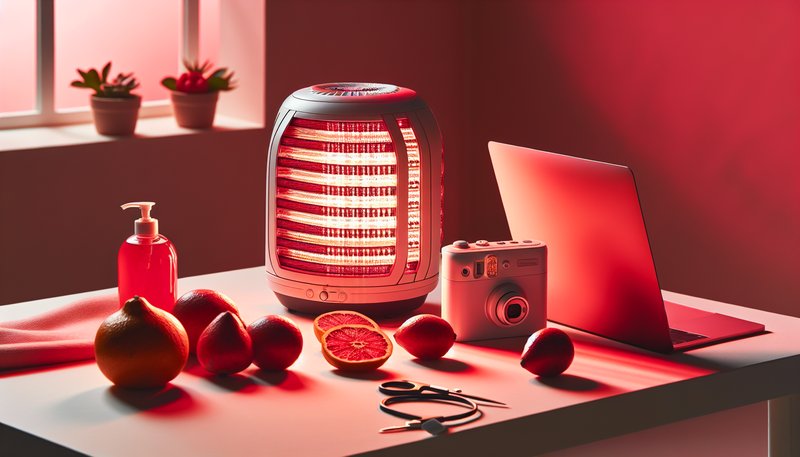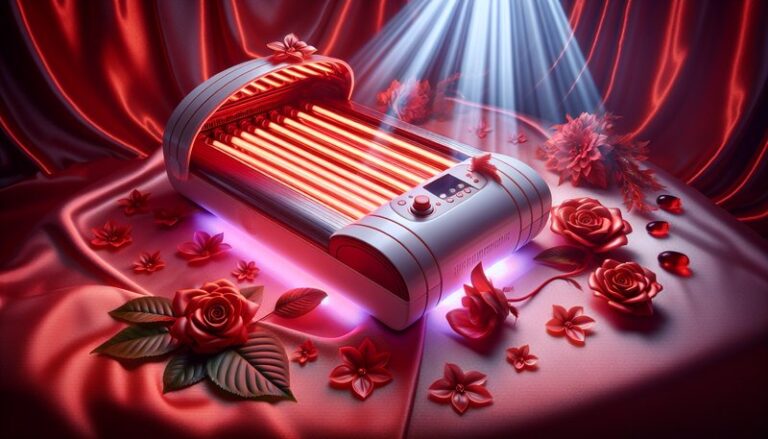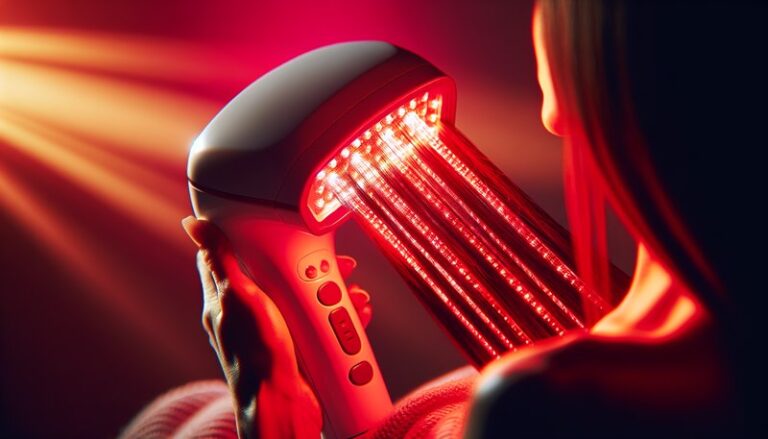What Is Red Light Therapy Do?
Are you curious about the buzz surrounding red light therapy and its potential benefits for health and wellness?
This article will explore what red light therapy is, its benefits, common practices, considerations to keep in mind, alternatives, and answers to frequently asked questions. By the end, you’ll have a well-rounded understanding of whether this treatment might be right for you.
Key Takeaways
- Red light therapy uses specific wavelengths of light to promote various health benefits.
- It is commonly used for skin rejuvenation, pain relief, and general wellness.
- While generally safe, there are important considerations to keep in mind before trying it.
What is Red Light Therapy?
Red light therapy (RLT) is a non-invasive treatment that involves exposing the skin to low levels of red or near-infrared light. This light penetrates the skin and is believed to stimulate cellular function, enhance healing, and reduce inflammation.
Originating from NASA experiments with light-emitting diodes (LEDs) in space, RLT has gained popularity in both clinical settings and at-home devices. This therapy works on the principle of photobiomodulation, where light energy is absorbed by the mitochondria in cells, potentially increasing ATP (adenosine triphosphate) production and leading to improved cellular performance.
Red light therapy can be administered via various devices, including panels, handheld units, and face masks, making it accessible to many individuals.
What are the Benefits of Red Light Therapy?
Exploring the myriad benefits of red light therapy reveals its potential in several health areas, from skin care to pain management.
Skin Rejuvenation
One of the most recognized benefits of red light therapy is its ability to improve skin health. Users have reported reductions in wrinkles, acne, and scars. A study showed that participants using RLT experienced a significant improvement in skin texture and tone after regular treatments.
Pain Relief
Red light therapy has shown promise in alleviating pain associated with conditions such as arthritis, tendonitis, and muscle strains. Users often report faster recovery times and reduced inflammation, allowing for improved mobility and comfort.
Wound Healing
For individuals recovering from injuries or surgeries, red light therapy may promote faster wound healing. By enhancing cellular activity and blood circulation in the targeted area, RLT can support tissue repair and regeneration.
Enhanced Muscle Recovery
Athletes and fitness enthusiasts frequently turn to red light therapy for its potential to reduce muscle soreness and expedite recovery after intense workouts. This benefit may help maintain performance levels and encourage consistent training regimes.
Is it Possible to Use Red Light Therapy at Home?
Yes, it is entirely feasible to use red light therapy at home with accessible devices designed for personal use. However, it’s important to understand how to use these devices effectively to maximize their benefits.
What are the Advantages of Using Red Light Therapy at Home?
Home usage offers convenience and cost savings compared to regular clinic visits.
Accessibility
With a variety of products available, users can find devices that fit their needs and budget, making therapy easy to incorporate into daily routines.
Time Efficiency
Home treatments allow for flexibility; individuals can schedule sessions according to their availability, eliminating the need for time-consuming appointments.
Simplicity of Use
Most devices are user-friendly and require minimal setup, which means that individuals can follow instructions and start their sessions immediately.
What are the Disadvantages of Using Red Light Therapy at Home?
While there are many advantages, there are also some challenges to consider.
Potential for Ineffective Devices
Not all over-the-counter red light devices are created equal, and some may not deliver the wavelengths or intensity necessary for effective treatment.
Lack of Professional Guidance
Without the presence of a trained professional, users may lack personalized treatment plans and guidance, which may affect the efficacy of the therapy.
Risk of Inconsistent Usage
Engagement in regular therapy is key for benefits, but the temptation to skip sessions can lead to poor results.
What are the Things to Consider Before Trying Red Light Therapy?
Before embarking on red light therapy, it’s important to weigh several factors and precautions.
Medical Conditions
Consulting with a healthcare professional before starting treatments is advisable, especially for individuals with existing medical conditions or those taking medications that may be affected by light exposure.
Get the full picture in Can Red Light Therapy Help ED?
Device Quality
Investing in a reputable device is crucial. Research and reviews can help ensure that the product delivers appropriate wavelengths and intensity for desired outcomes.
Treatment Duration and Frequency
Understanding the recommended duration and frequency of sessions is essential to achieve the therapy’s benefits. Guidelines can vary depending on the specific device and purpose.
Check out the details in Does Red Light Therapy Help Rosacea?
What are the Alternatives to Red Light Therapy?
If red light therapy isn’t the right fit, there are several alternatives worth considering.
Cold Laser Therapy
Similar to red light therapy, cold laser therapy uses low-level lasers to relieve pain and promote healing, making it a viable option for those seeking similar benefits.
Ultrasound Therapy
Ultrasound therapy utilizes sound waves to promote tissue healing and reduce inflammation, often employed in physical therapy settings.
Heat Therapy
Using heat to alleviate muscle soreness and stiffness is a common practice. Heat pads, infrared saunas, and heat lamps can offer similar comfort and relaxation benefits.
Conclusion: Is it Recommended to Try Red Light Therapy?
Based on the comprehensive exploration of red light therapy, it can be recommended as a beneficial option for many seeking improvements in skin health, pain relief, and recovery. However, it’s essential to consider individual health needs, device quality, and professional advice before starting.
Frequently Asked Questions
What does red light therapy feel like?
Most users report that red light therapy feels warm and soothing, with no discomfort during treatment.
How long do I need to use red light therapy to see results?
Results can vary, but many individuals report improvements after several weeks of consistent treatment, with recommendations typically suggesting sessions 3-5 times per week.
Can anyone use red light therapy?
While generally safe for most people, those with specific medical conditions—such as light sensitivity—should consult a healthcare provider before using red light therapy.
How do I choose the right red light therapy device?
Look for devices that specify the wavelength (ideally between 600 to 900 nm) and the irradiance level to ensure effective treatment. Reading reviews and consulting with professionals can also aid in device selection.






